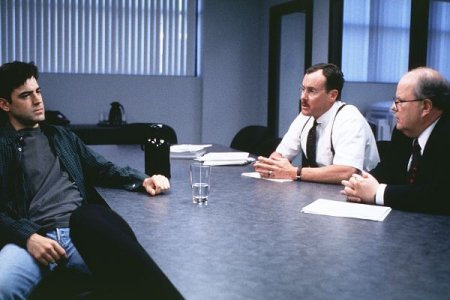
Bottom Line: Following a strong fourth quarter of 2015, the…

Bottom Line: Following a strong fourth quarter of 2015, the…
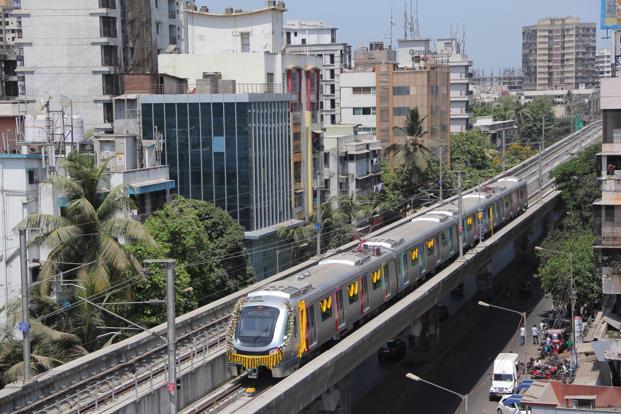
Residential property sales in Mumbai saw a rise during the…
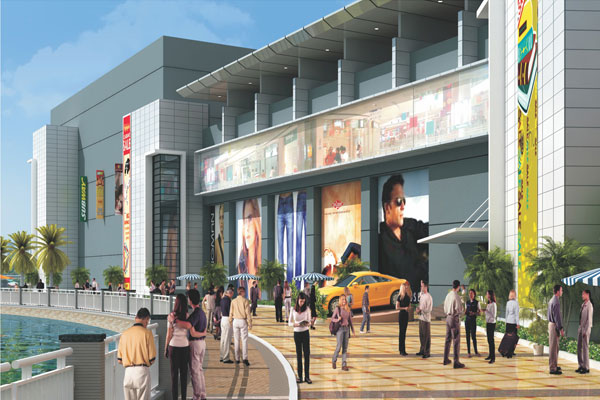
China top target destination in APAC; Southeast Asia surges. Growing…

The report “India’s Real Estate Market Outloo 2016” is part of CBRE’s Asia Pacific Markets Outlook Report series. CBRE forecasts that Asia Pacific’s steady economic growth will continue to outpace the rest of the world in 2016.

2015 proved to be a good year for key Indian metros as inflows into real estate by private equity (PE) funds was at a record high. The total investment that the sector got was approximately INR 19,500 crore.
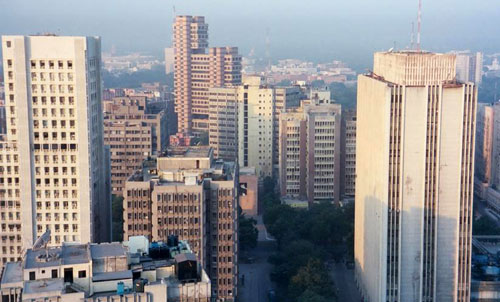
At about US$151 per sq. ft. per annum, Delhi’s Central Business District (CBD) of Connaught Place was ranked as the sixth most expensive prime office market in the world, according to CBRE Research’s semi-annual Global Prime Office Occupancy Costs survey.
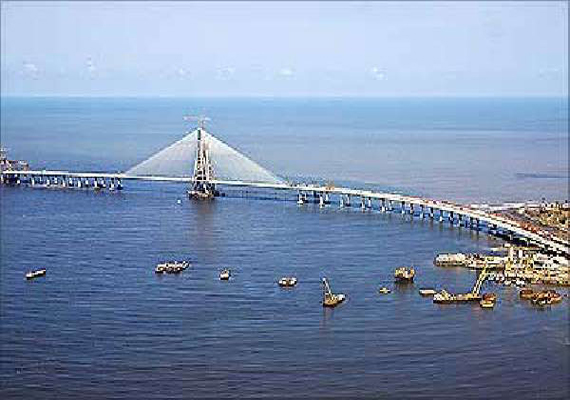
Despite slowdown, Mumbai remains the most lucrative investment destination in India, says the second edition of Knight Frank India Residential Investment Advisory Report 2016.
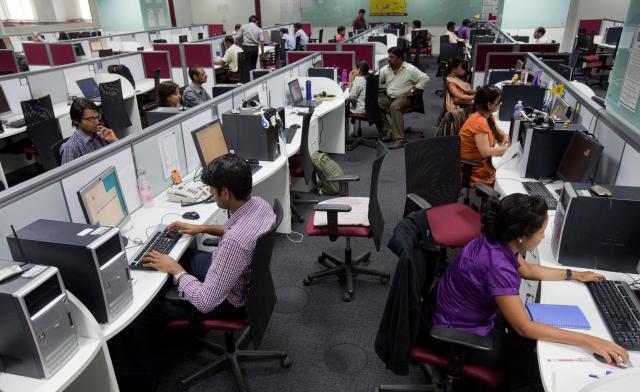
The IT/ITeS sector has clearly been driving corporate real estate in the country; and consequently, much of the development in this space is being propelled by IT and back-office demand for workspaces, as per CBRE’s India report – Real Estate & Workplace Strategies of Shared Services Occupiers.

Office space take-up by corporates in the first nine months of the 2015 calendar year rose to 30 million sq ft, 11% more than 27 million sq ft in the same period last year, according to a new report by property consultancy Colliers International.
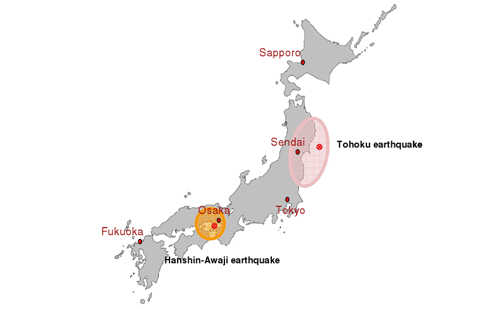
Tokyo is the world’s hottest city for new retailer expansion, attracting 63 new retail brands, according to the latest report by global property advisor CBRE, How Global is the Business of Retail?. Space in core areas of Tokyo remain highly sought after despite the mixed signals in the economy and an increase in sales tax of 8% introduced in April 2014.